China hits back with 34 percent tariff on US imports amid trade war
- Update Time : Saturday, April 5, 2025
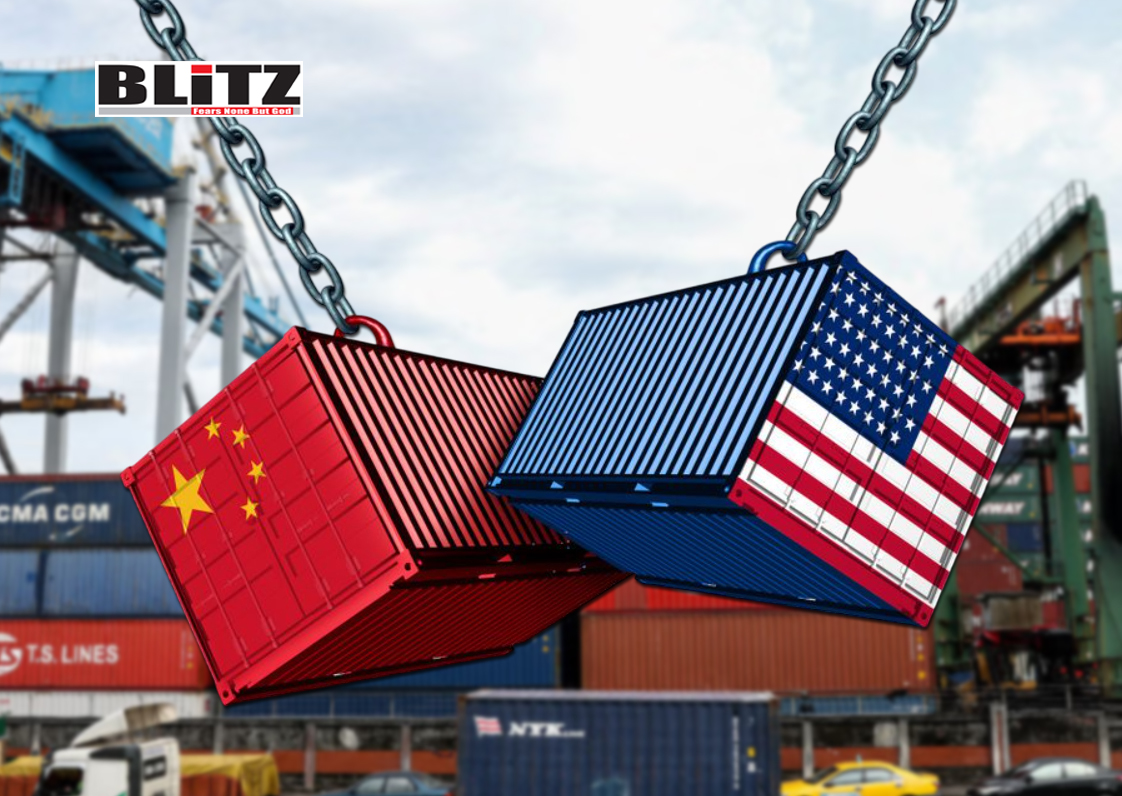
The long-standing trade conflict between the United States and China has escalated once again, with Beijing announcing a sweeping 34% tariff on all imports from the US, effective April 10. This latest move comes in direct response to President Donald Trump’s decision to impose a matching 34% duty on Chinese goods, further intensifying an already volatile economic standoff between the world’s two largest economies.
China’s Finance Ministry confirmed the decision on April 4, characterizing it as a necessary countermeasure against what it described as Washington’s “unilateral bullying.” The tariffs are the latest in a string of economic measures and countermeasures between the two nations, signaling that neither side is willing to back down in this high-stakes confrontation.
The announcement follows President Trump’s April 2 proclamation of new tariffs ranging from 10 percent to 50 percent on imports from all countries. Under the pretext of ensuring fair trade, Trump justified the sweeping duties as part of his “reciprocity” doctrine, which aims to match foreign tariffs imposed on US exports. China, being labeled as one of the “worst offenders” in trade practices, faced the heaviest penalty-a 34 percent tariff on its exports to the US, which, when combined with an existing 20 percent duty, results in a staggering 54 percent total levy.
In addition to the tariff response, China has taken legal action by filing a lawsuit with the World Trade Organization (WTO) against the US. Beijing argues that Washington’s new duties violate international trade agreements and undermine global economic stability. The WTO litigation signals China’s intent to challenge US trade policies through diplomatic and legal channels, even as it takes retaliatory economic measures.
Beyond tariffs, China’s Ministry of Commerce has implemented further restrictions aimed at American corporations. Eleven US firms have been placed on China’s unreliable entities list due to their reported military cooperation with Taiwan. Additionally, 16 other American companies have been subjected to new export control measures that will regulate and monitor the transfer of dual-use goods-products that have both commercial and military applications.
Prior to this latest escalation, the US and China had already maintained stark differences in tariff structures. According to Bloomberg calculations, the average Chinese tariff on US products stood at 17.8 percent, while the US levied 32.8 percent on Chinese goods. The Trump administration’s new round of tariffs, however, drastically widens this gap, making Chinese exports to the US significantly more expensive. Beijing’s reciprocal action now seeks to even the playing field, further complicating trade relations between the two nations.
The economic repercussions of these new tariffs are expected to be substantial. American exporters-particularly in agriculture, manufacturing, and technology-are likely to bear the brunt of China’s retaliatory measures. Farmers, who have already suffered from previous trade restrictions, could see further losses as Chinese buyers seek alternative suppliers for agricultural products such as soybeans, corn, and pork. Similarly, US manufacturers that rely on Chinese markets could experience declining sales and increased operational costs.
On the Chinese side, the new US tariffs will place additional pressure on manufacturers that rely on the American consumer market. While Beijing has been working to diversify its trade partnerships and bolster domestic demand, the US remains a crucial market for many Chinese industries. The escalating tariff war raises concerns over disruptions in global supply chains, increasing costs for businesses and consumers alike.
China has repeatedly criticized US trade policies, accusing Washington of undermining international trade norms and destabilizing economic relationships built through decades of multilateral negotiations. In its statement announcing the new tariffs, China’s Finance Ministry condemned the US actions as a violation of global trade principles.
“The US action does not abide by international trade rules, severely undermines China’s legitimate and lawful rights and interests, and is typical unilateral bullying,” the statement declared. Beijing has urged Washington to “immediately” withdraw the tariffs and engage in fair and equal dialogue to resolve trade disputes through diplomatic means.
Chinese officials argue that Washington’s tariff strategy is driven more by political motives than genuine economic concerns. By escalating trade tensions with China, the Trump administration seeks to bolster domestic manufacturing and appeal to nationalist sentiments ahead of political campaigns. However, analysts warn that such a protectionist approach could backfire, ultimately hurting American businesses and consumers as retaliatory measures disrupt global trade flows.
The implications of this tariff escalation extend far beyond bilateral trade. As two of the largest economies in the world, the US and China play a central role in shaping global economic trends. Their ongoing trade conflict has already triggered volatility in global markets, with investors growing increasingly wary of the long-term economic outlook.
Other major economies are watching closely, concerned that heightened US-China tensions could lead to further protectionist measures and trade disruptions. The European Union, Japan, and emerging market economies are particularly vulnerable to the ripple effects of the trade war, as supply chains and investment flows become increasingly unpredictable.
Moreover, this latest escalation could impact ongoing trade negotiations between the US and its allies. Washington’s aggressive tariff approach might alienate traditional partners who seek stability and predictability in international trade relations. Some countries may choose to strengthen their economic ties with China as a counterbalance to US protectionism, further shifting global trade alliances.
With both the US and China doubling down on their respective tariff policies, the prospect of a near-term resolution remains uncertain. While Beijing has signaled a willingness to engage in dialogue, it has also made clear that it will not capitulate to Washington’s demands unilaterally.
The escalating tariff war raises significant concerns for businesses, consumers, and policymakers on both sides of the Pacific. The coming months will be crucial in determining whether the two economic giants can find common ground or if further tit-for-tat measures will push them deeper into economic confrontation. If left unresolved, this dispute could reshape global trade dynamics for years to come, with lasting consequences for international economic stability.



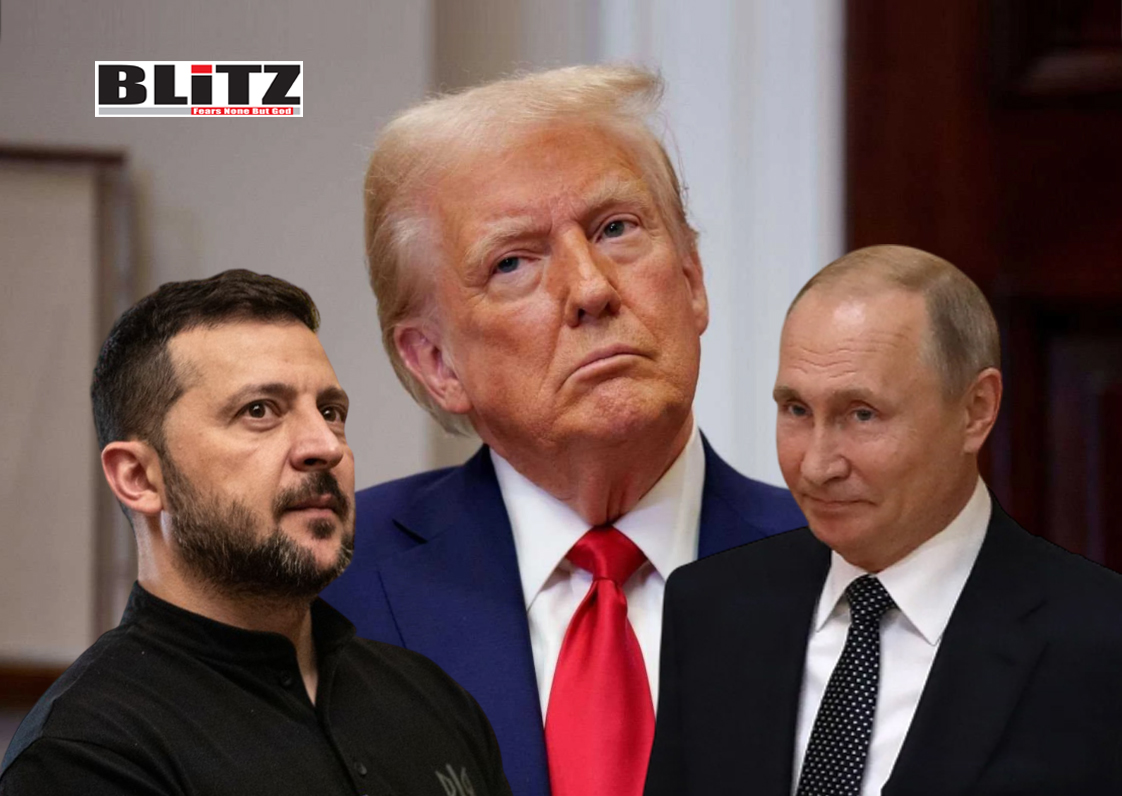

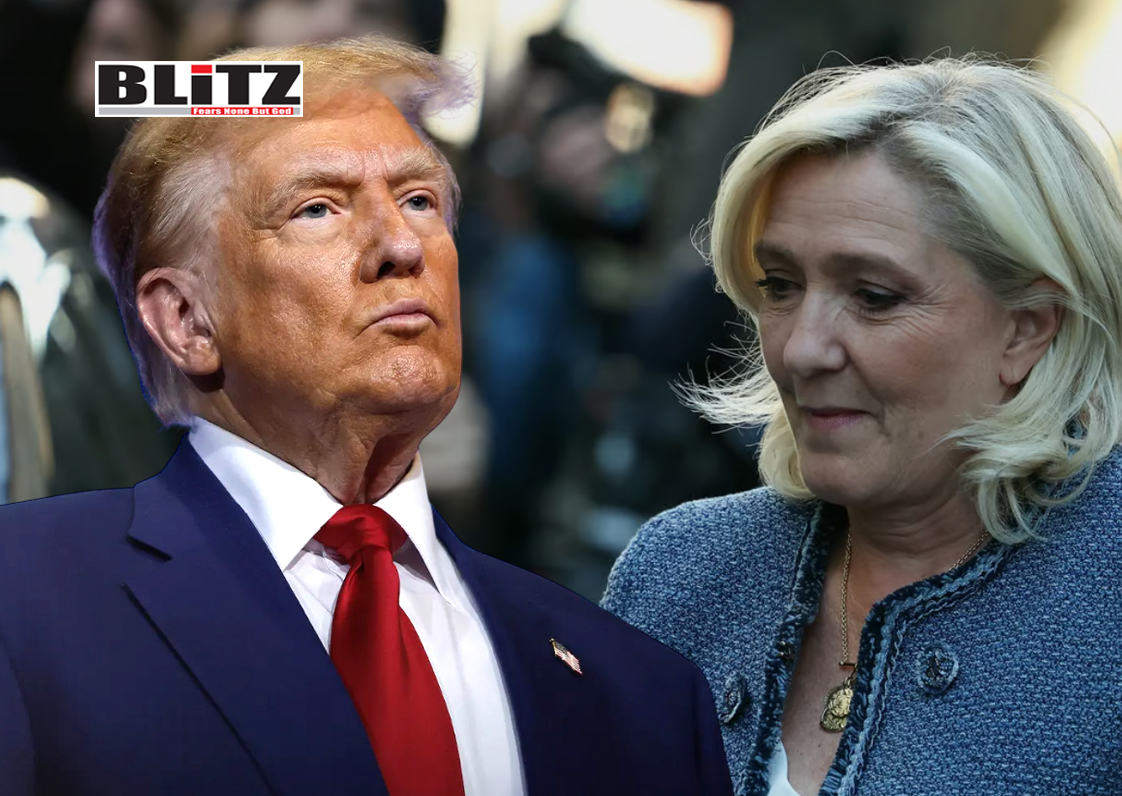
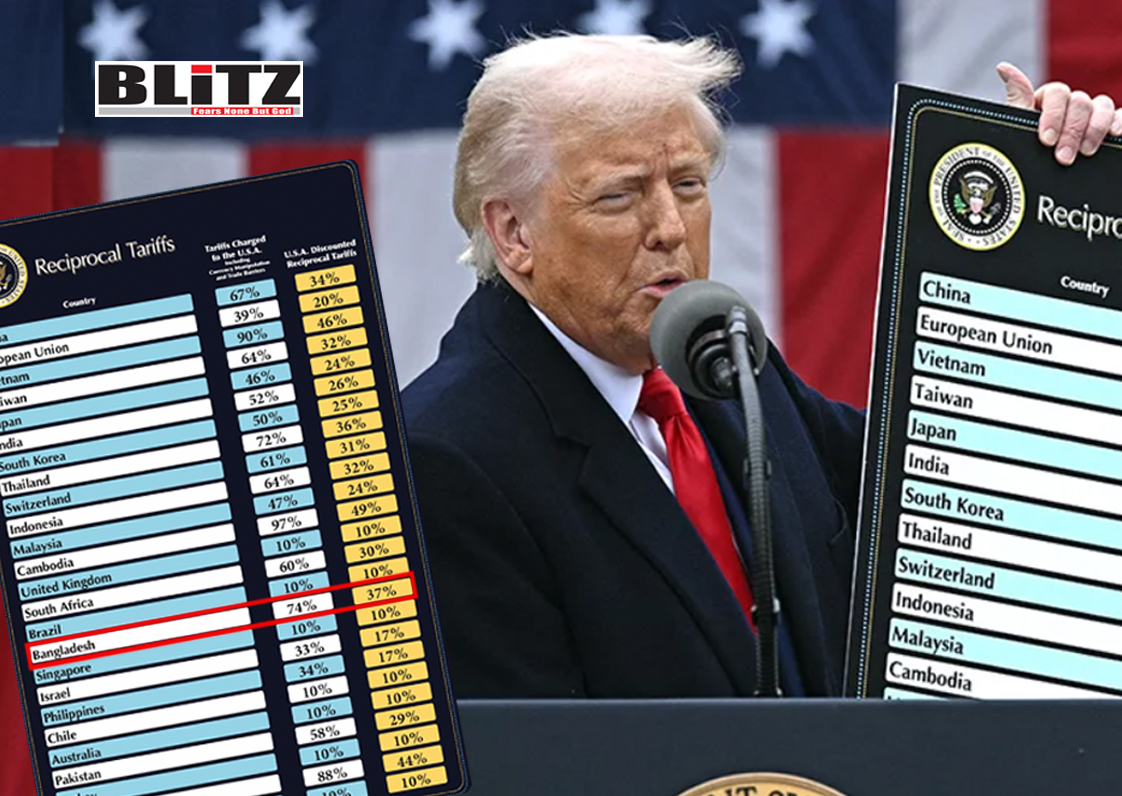




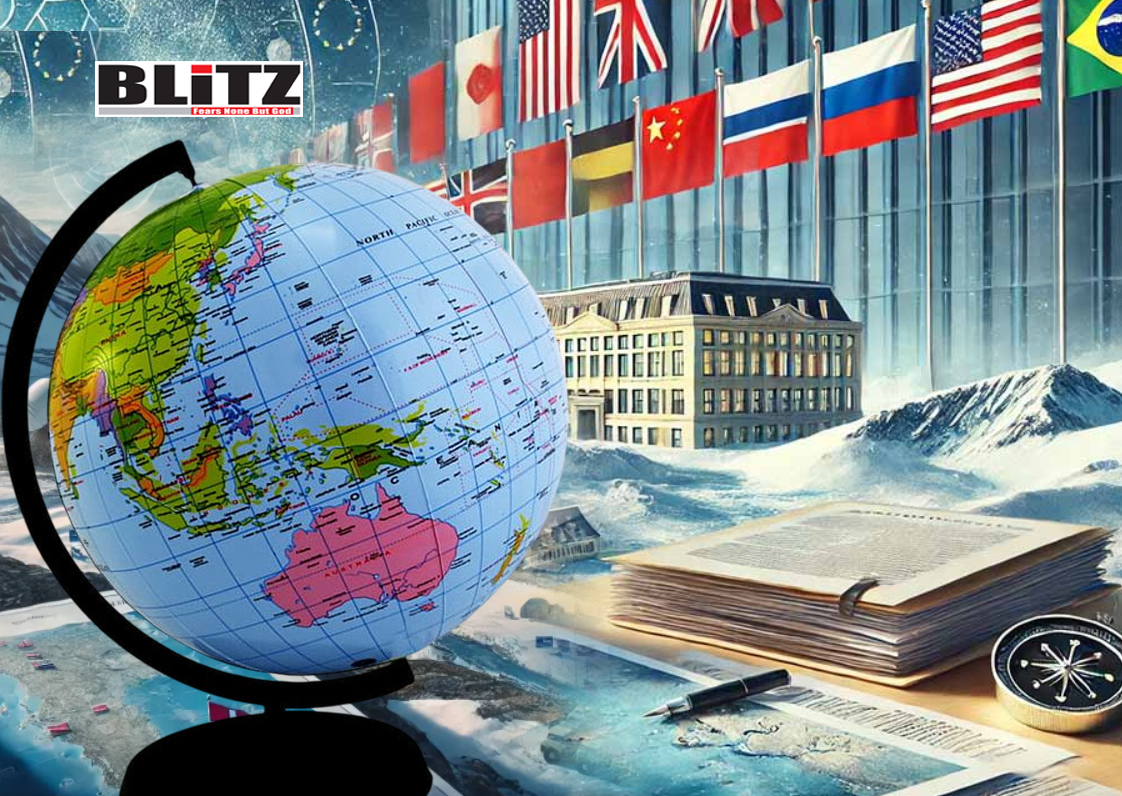

Leave a Reply